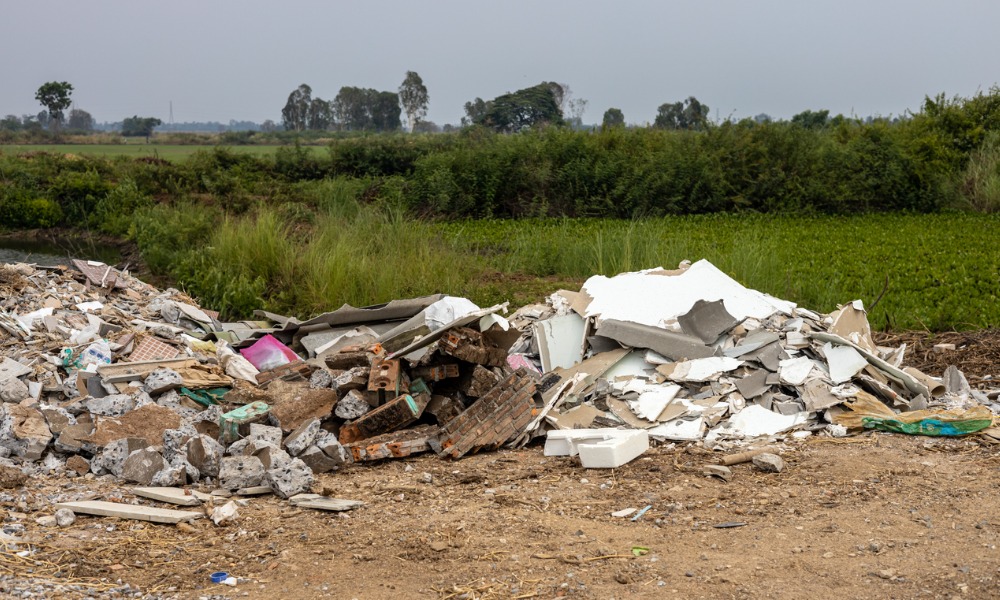Cyclone Gabrielle’s silt poses low long-term health risk – report

Cyclone Gabrielle’s silt poses low long-term health risk – report | Insurance Business New Zealand
Catastrophe & Flood
Cyclone Gabrielle’s silt poses low long-term health risk – report
Taskforce continues efforts to mitigate dust impact
Catastrophe & Flood
By
Roxanne Libatique
Public health officials in Hawke’s Bay have acknowledged a new report from the Institute of Environmental Science and Research (ESR) that assesses the long-term health risks of silt following Cyclone Gabrielle.
The findings are described as “extremely reassuring.”
Medical Officer of Health Dr Bridget Wilson said that the ESR report resulted from an extensive study that combined international data from previous flooding events with comprehensive local analysis of silt samples and air quality.
“Impacted communities have been understandably concerned about the effect of silt and dust on their health and what that could mean longer term,” she said. “This report was commissioned to ensure an in-depth analysis by scientists in order to provide the best possible information to support the health and wellbeing of our communities, including identifying any additional measures that may be required to further protect public health.”
Health effects of flooding
Peter Cressey, ESR science leader, risk assessment, food, and social systems group, said the investigations reviewed global evidence on health effects of flooding and included detailed analysis of silt contamination and air quality monitoring in Hawke’s Bay from September 2023 to March 2024.
“The report concluded that while health effects may occur due to flooding events, this is most commonly due to direct contact with flood waters, rather than flood-deposited silt,” he said.
He noted that concerns about crystalline silica in silt and potential silicosis were unfounded, as silt contains no more crystalline silica than typical garden soil and less than most beach sand. Air quality monitoring indicated low concern for silicosis from airborne silt dust.
Cressey added that the long-term health risks from cyclone-deposited silt are similar to those from everyday environmental exposure.
“Those affected by Cyclone Gabrielle have a range of huge issues to deal with. All the evidence indicates that long-term health effects due to silt will not be one of those issues,” he said.
Health NZ emphasised that despite the reassuring long-term findings, public health advice remains in place for managing short-term symptoms such as eye and airway irritations from dust exposure.
“People continue to be advised to wear a mask when outside on dusty days or when undertaking clean up around their property that generates dust,” Wilson said.
The Silt Recovery Taskforce, a collaboration between the Hawke’s Bay Regional Council and Hastings District Council, continues efforts to mitigate dust impact, including water spraying and advising landowners on measures like crop cover and grassing open paddocks to limit airborne silt.
Related Stories
Keep up with the latest news and events
Join our mailing list, it’s free!






